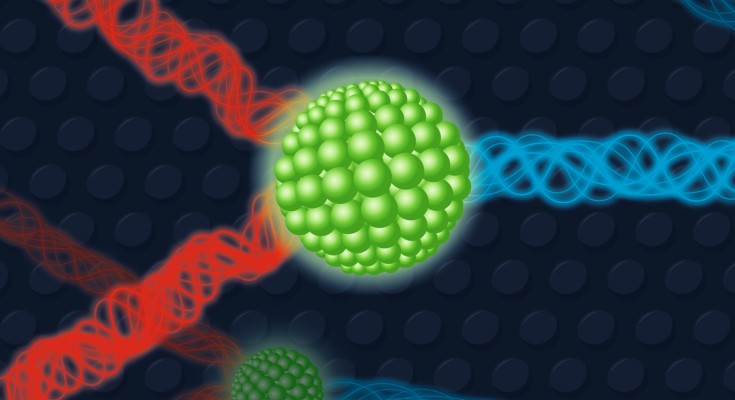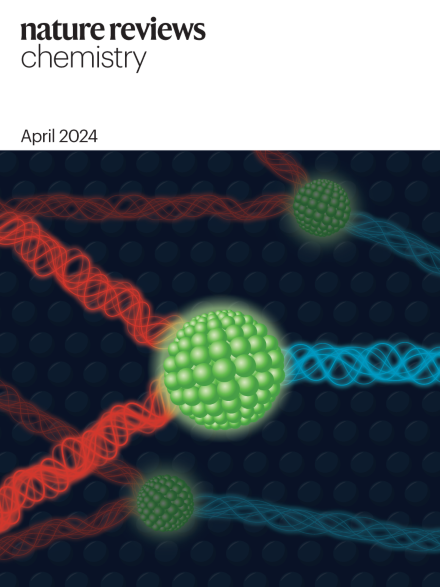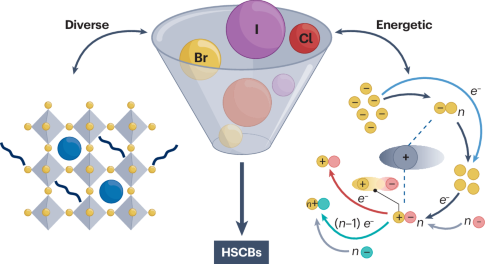
Two become one
Upconversion can enable excitation of molecules in hard-to-reach areas which short-wavelength light cannot reach. Lower energy photons are more likely and their combination can excite such targets.

Upconversion can enable excitation of molecules in hard-to-reach areas which short-wavelength light cannot reach. Lower energy photons are more likely and their combination can excite such targets.


Substantial progress in halide chemicals and redox mechanisms has spawned a boom in halogen-powered static conversion batteries. This Review tracks the natural benefits and intricate redox behaviour of halogen conversion chemistry, highlighting its pivotal role in electrochemical energy storage.
